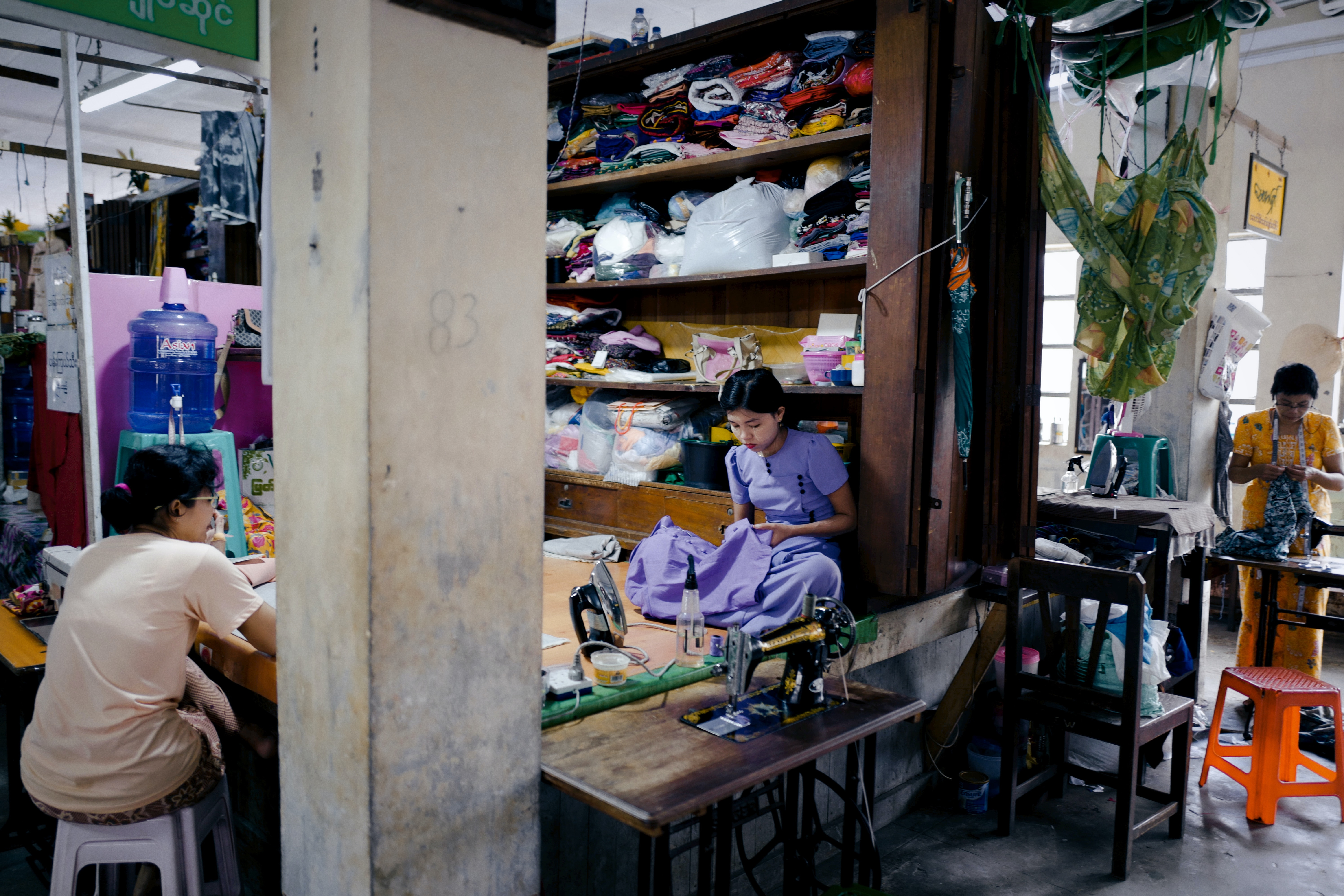Example in Action: The Search for Independent Verification in Fashion Supply Chains

Photo Credit: Billow926_Unsplash
- There is no independent verification standard for words like “sustainable” and “transparent.” However, several small start-up companies are attempting to meet consumer demand for reliable information on companies’ efforts to address supply chain labor abuses, among others. Start-ups like Compare Ethics* and WikiRate sift through a company’s claims in reporting and audit documents and validate those claims against reality, serving as a platform for consumers to access brands that meet certain standards. This model presents challenges but reflects a desire from customers and other stakeholders to establish verification of those claims within a valuable apparel market.
- Certification programs certify products or processes using established sets of standards. Some of them confer a label on certified products to communicate to consumers that the product was produced under certain conditions. Certification approves the process of compliance—not the outcomes—and is not where a company’s efforts should stop. Certification programs should not be used to claim that no child labor or forced labor is involved in the production of a good, but rather that the company is taking steps to prevent child labor, forced labor, and other labor issues from occurring. Workers’ organizations, including trade unions, are key stakeholders to consult when considering if a certification program is credible. Fairtrade International and Fair-Trade Certified toolkits provide examples of certification programs.
DOL welcomes examples of good practices
to address child labor and forced labor.
Email us at GlobalKids@dol.gov.

 Step 7: Independent Review
Step 7: Independent Review


